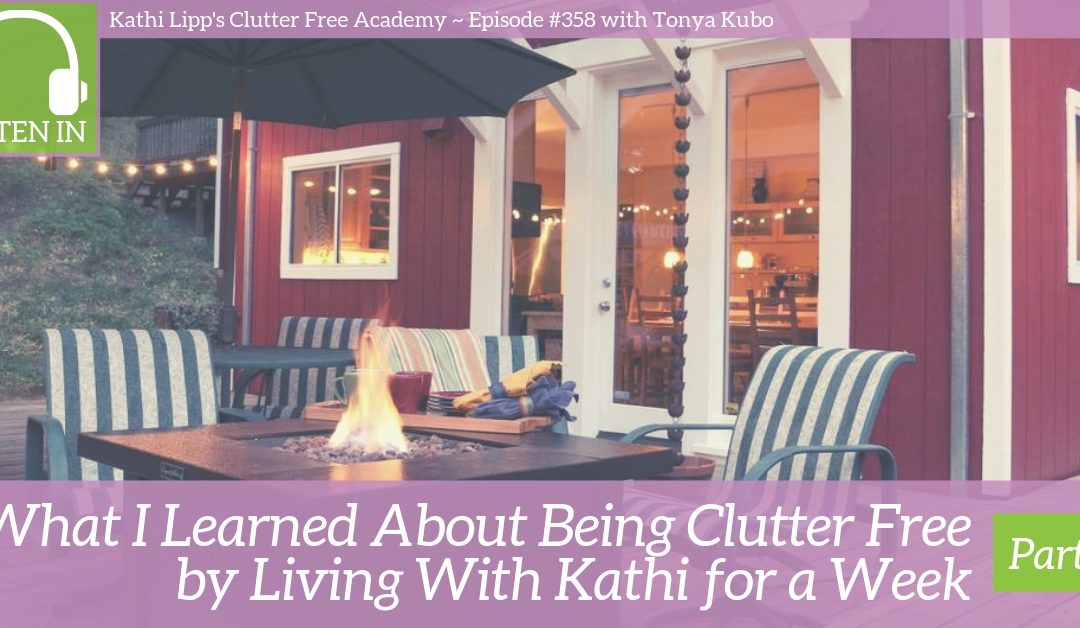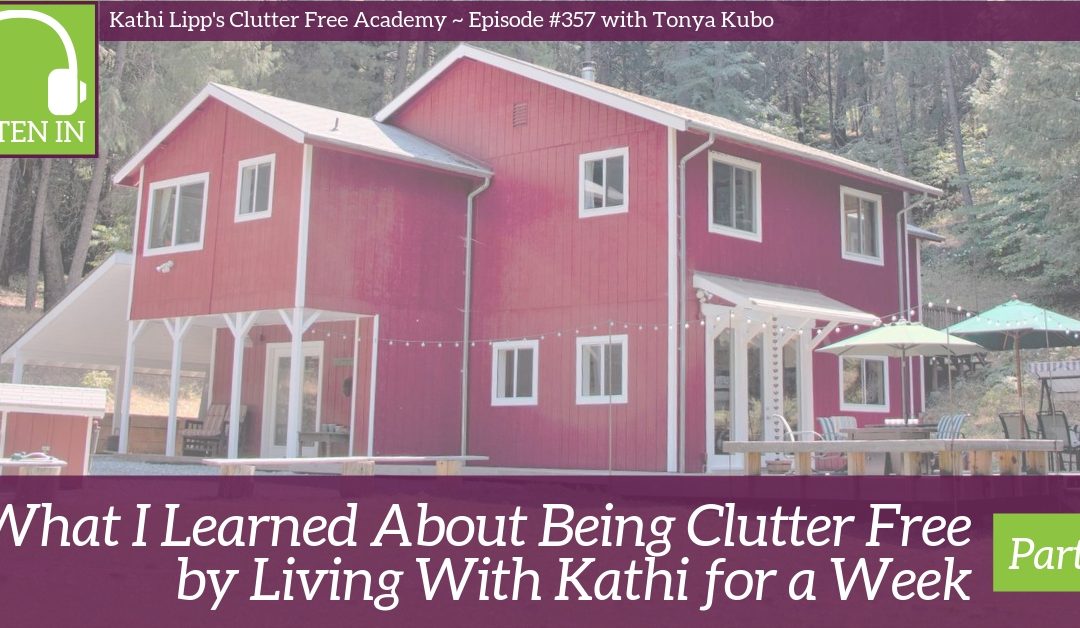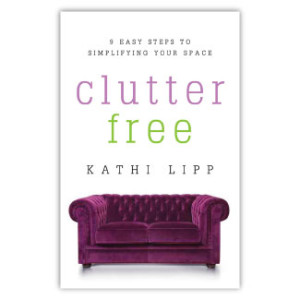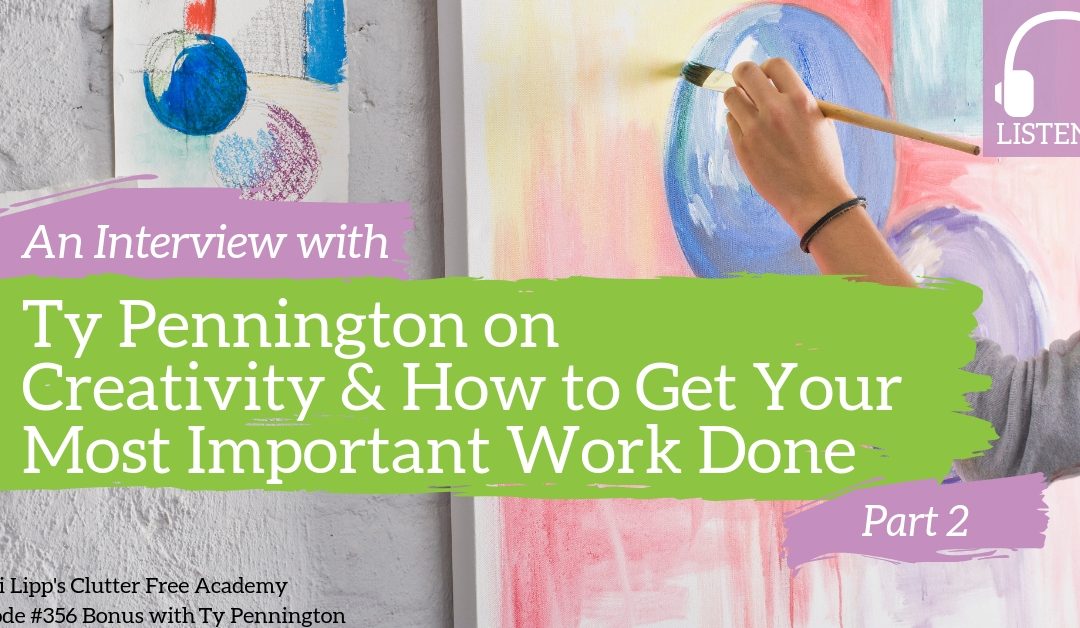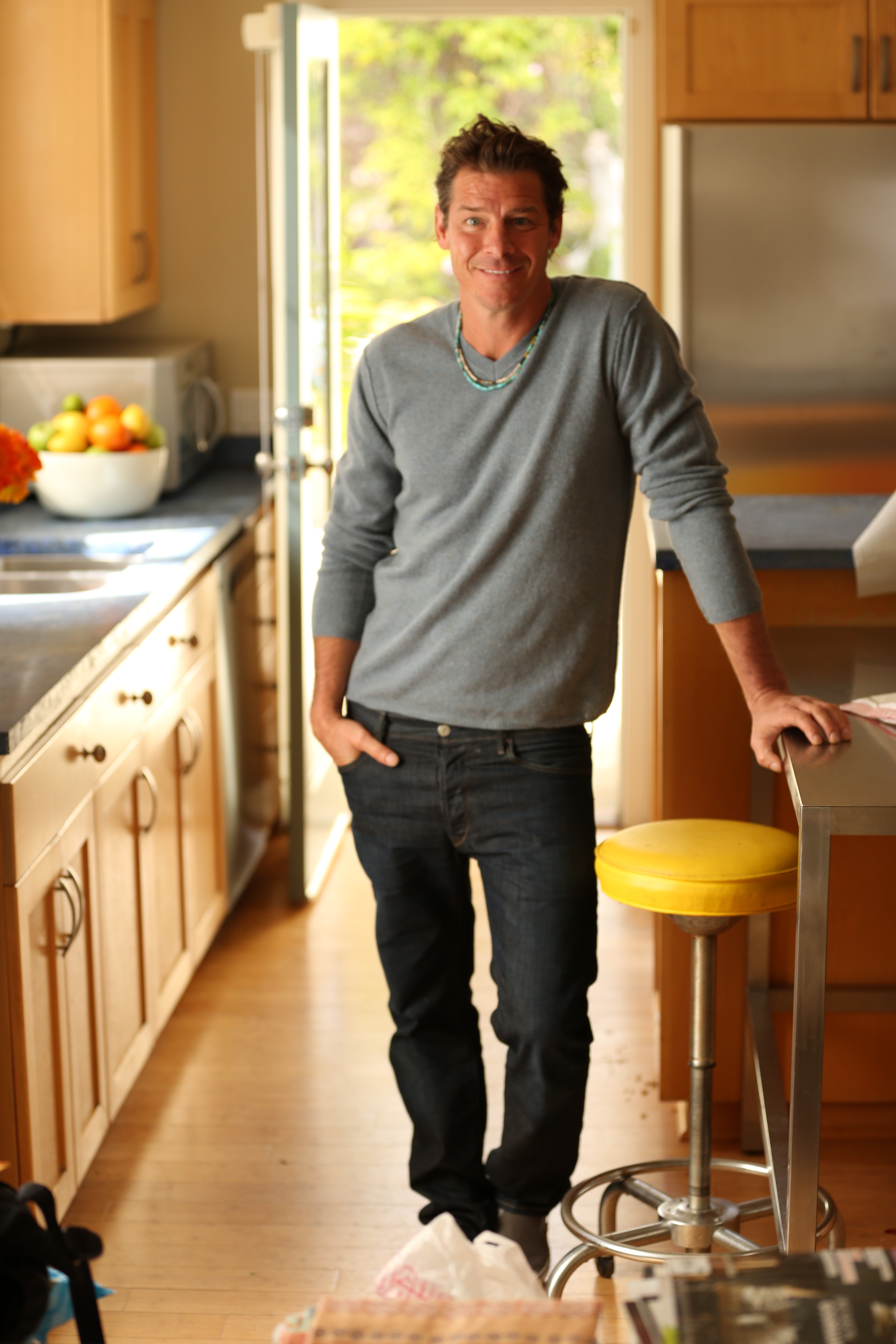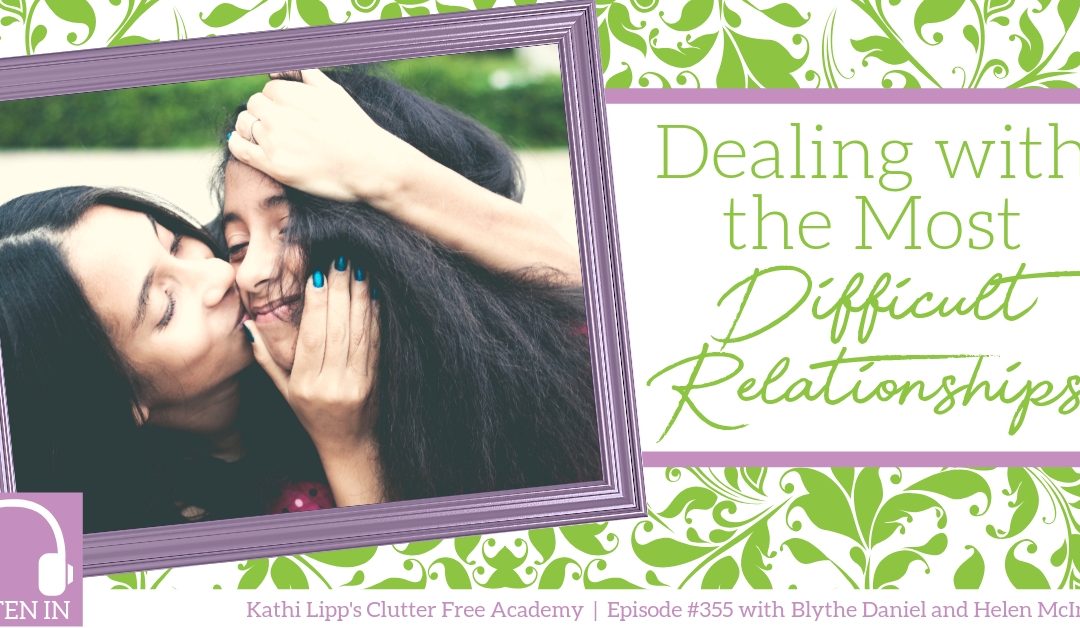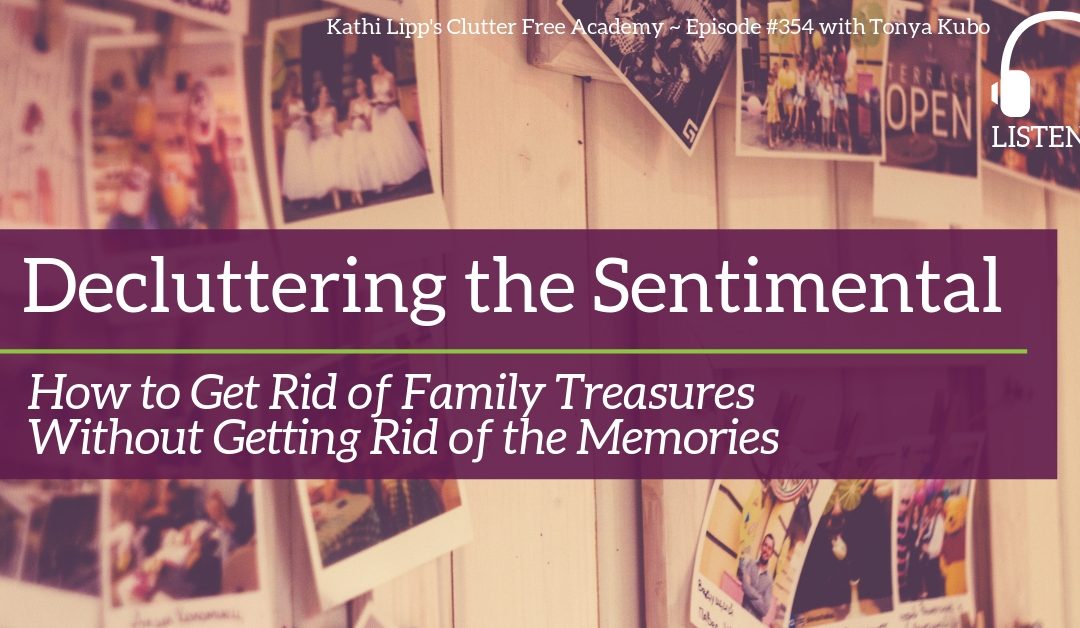
by kathilipp | Jun 11, 2019 | Clutter Free, Podcast |
On today’s episode of the podcast, Kathi is back with authors Amy Carroll and Cheri Gregory, for part 2 of the conversation on their new book Exhale. Kathi, Amy and Cheri discuss how to love who you are and live your one life well.
On today’s show you’ll learn:
- Why we can’t love who we are without losing who we are not
- How to tell the difference between comparing ourselves to someone else vs. being inspired by them
- Why Iiving our one life well can mean not just getting rid of the things that are easy but also getting rid of the things that are hard
Thanks for Listening!
Enter to Win!
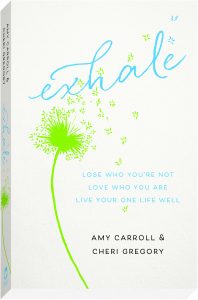
What makes you a “seed sower”?
Leave a comment below to be entered to win a copy of Exhale.
Or purchase a copy of the book here.
To share your thoughts:
To help out the show:
Leave an honest review on iTunes. Your ratings and reviews really help and I read each one.
Subscribe on iTunes or subscribe now.
Amy Carroll is a speaker and writer for Proverbs 31 Ministries; the author of Breaking Up with Perfect; and a co-host for the podcast Grit ‘n’ Grace. Amy and her husband live in Holly Springs, North Carolina. Find out more at www.amycarroll.org.
Cheri Gregory is a teacher, speaker, author, and Certified Personality Trainer. Her passion is helping women break free from destructive expectations. She writes and speaks from the conviction that “how to” works best in partnership with “heart, too.” Cheri is the co-author, with Kathi Lipp, of The Cure for the “Perfect” Life and the upcoming Overwhelmed. Cheri has been “wife of my youth” to Daniel, her opposite personality, for twenty-eight years and is “Mom” to Annemarie (25) and Jonathon (23), also opposite personalities. Cheri blogs about perfectionism, people-pleasing, highly sensitive people, and hope at www.cherigregory.com.
Learn more about Exhale here.
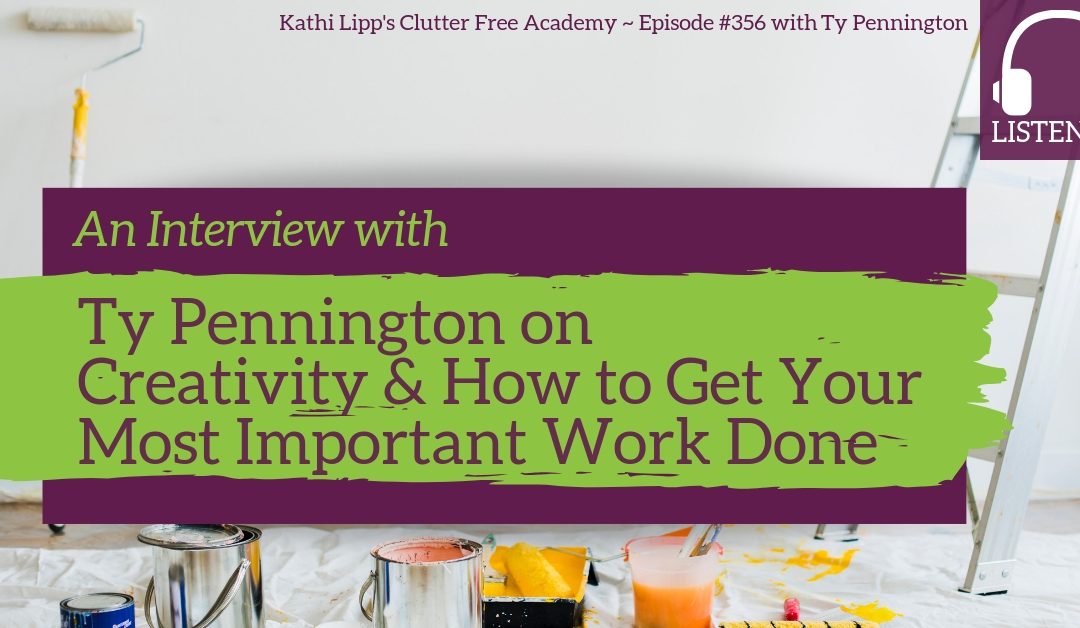
by kathilipp | May 14, 2019 | Clutter Free, Podcast |
On today’s episode of the podcast, Kathi is joined by Ty Pennington author of Life to the Extreme: How a Chaotic Kid Became America’s Favorite Carpenter. Kathi and Ty discuss clutter, creativity, Ty’s experience growing up with ADHD and the lessons he’s learned through the years.
On today’s show you’ll learn:
- Why creativity actually thrives when thinking small
- How limitations might seem like obstacles but are actually gifts
- Why we often create our best stuff when the pressure’s on
Thanks for Listening!
Enter to win!

Giveaway! Leave a comment below for a chance to win a copy of Life to the Extreme: How a Chaotic Kid Became America’s Favorite Carpenter.
Or purchase a copy of the book here.
To share your thoughts:
To help out the show:
Leave an honest review on iTunes. Your ratings and reviews really help and I read each one.
Subscribe on iTunes or subscribe now.
Ty Pennington has been recognized as a leader in the field of volunteerism for his work on Extreme Makeover and Ty’s Great British Adventure. He is back on the small screen in the new Trading Spaces, Small Business Revolution and While You Were Out. He served as ambassador for the Sears American Dream campaign. In line with his passion for creative and practical housing, he frequently volunteers time with Abod Shelters Foundation, a charitable organization whose mission is to provide sustainable, quality housing to areas in need around the world. Learn more

by kathilipp | May 6, 2019 | Clutter Free, Kids, tips and ideas |

One of the most frequent questions we get at Clutter Free Academy is “What about my kids’ clutter?”
Conflict over clutter can damage any relationship over time, but it’s especially crucial to navigate this issue carefully with your kids, because what you teach them right now will impact their lifestyles as adults.
As parents, we want to empower our children to have the life skills they need to succeed. Here are four ways we can help our children learn how to live a clutter-free life.
Schedule short decluttering times.
Time-boxing makes decluttering bearable for anyone, young or old. As adults, we’re more likely to focus better if we only have to do it for 15 minutes. Depending on your kids’ age, set a timer and make a game of it. For example, challenge your 5-year-old to clean out one drawer in 5 minutes.
Here at Clutter Free Academy, we don’t expect anyone to spend hours at a time decluttering, much less a child. Decluttering works best in small, manageable sessions.
By the way, we need to differentiate between cleaning and decluttering. Cleaning means putting things away, mopping, vacuuming, and dusting. Decluttering means getting rid of stuff you don’t use, love, or would buy again. Both are important, but in this post, we’re focusing on decluttering.
Teach by example.
It’s been said that in raising kids, more is caught than taught. They tend to learn more from what we do than what we say.
They aren’t born knowing how to declutter. The best way to teach them is to work side-by-side with them to show them the same decluttering systems we’ve learned as adults. Make sure they have the tools they need—3 boxes, 2 bags—so that they have a system in place to declutter. Go through the steps one by one: what to give away, what to throw away, and what to put away. Any trash or recycle goes into the bags.
Have a fun celebration when you empty the contents of the boxes and bags into their rightful places. (It doesn’t have to be a big deal—a sticker, a high five, or a “Yay! You did it!” works great.
Focus on one tiny space at a time.
Trying to declutter a large space is even more overwhelming for kids than it is for adults. Choose the smallest area possible and set the timer. Even better, let them choose which area is the most problematic for them. If they already see the value of decluttering, then you’ve won half the battle.
Divide up the closet into small sections, sort one drawer at a time, go through one toy box at a time. Decluttering is a gradual process. Their space didn’t get cluttery in a day, but a consistent habit of setting a timer to declutter a small space will result in big changes.
Help them maintain their space.
To help keep things organized and tidy, teach your child routines; set times during the day when they put away toys, backpacks, clothes, and anything else out of place. Even five minutes in the morning and five minutes in the evening will work wonders.
To help with motivation, make a timed game out of it, for fun. They’ll be motivated even more by getting consistent rewards each week for working through their routines. Before they know it, picking up their things becomes a habit.
Lifelong Connections
When it comes to clutter, our relationship with our kids is so important. When we come alongside them and give them the tools and skills they need to create a clutter-free home, we free them up to be who God made them to be.
Parent-child dynamics are already challenging enough, especially between mothers and daughters. Reducing clutter conflict can go a long way to improve the relationship.
In their book, Mended, Blythe Daniel and Helen McIntosh talk about how to rebuild, restore, and reconcile the connections between mothers and daughters. One of their chapters deals with generational patterns and how hard they are to break. It takes intentionality and determination to change long-term habits and break learned clutter cycles.


Giveaway!
The generous people over at Harvest House want to give some of our readers Daniel’s and McIntosh’s Mended. 5 people will win a copy and 1 grand prize winner will receive:
-1 Copy of Mended
-Assorted Note Cards
-Distressed Wood Frame
-Fruit Infuser Water Bottle
Enter to win by commenting below. What sorts of rewards motivate your kids the most? Which of these tips do you plan on implementing first?











